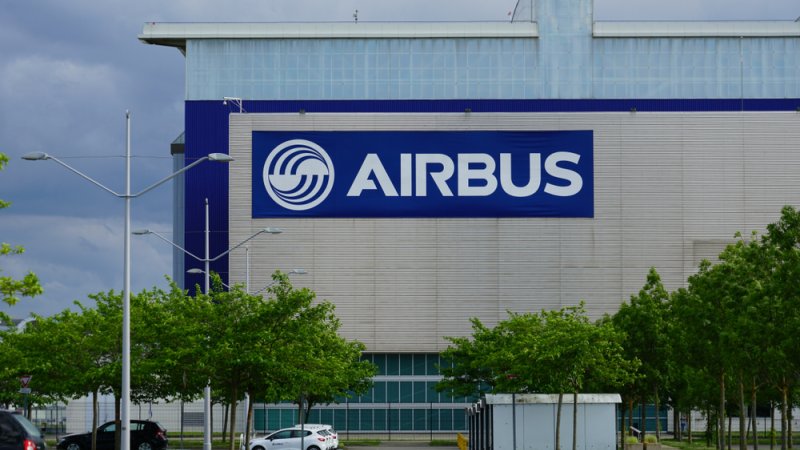Airbus has received approval for changes in the cockpit of the A320 family aircraft to enable the use of the hybrid-electric tug, Taxibot, controlled by the pilot.
The unique system, developed over the past three years, allows taxiing the aircraft without engine activation to reduce fuel consumption and is now available for single-aisle Airbus aircraft, as mentioned by Airbus.
To use the tug, minor cockpit modifications are required.
Once installed, the aircraft's nose wheel is lifted onto a rotating platform, allowing the pilot to steer the plane.
Although a driver is required to connect the Taxibot to the aircraft, the pilot controls the taxi until the tug is detached, and the engines are started shortly before takeoff.
Airbus indicates that following successful trials with the Taxibot, it is "considering adopting it for the rest of its fleet," a venture requiring the development of a widebody version by the tug manufacturer.
The research and testing of the Taxibot were conducted as part of a broader European project, called HERON, aimed at providing environmental benefits through improved aircraft operations.
The HERON - Highly Efficient gReen Operations project, led by Airbus, aims to demonstrate how to reduce aviation's environmental impact through efficient ground operations and optimal air traffic management.
Tests were conducted at Paris Charles de Gaulle and Brussels airports, and EasyJet plans to conduct operational trials of the Taxibot at Amsterdam Schiphol Airport later this year.
Schiphol is seen as an ideal candidate for hybrid tug operations given the long distances between some of its six runways and terminals.
In addition to Schiphol, particularly suited due to long distances between gates and runways, trials are also taking place at New York JFK, Paris Charles de Gaulle, New Delhi, and Brussels.
An internal study by Schiphol shows that full use of Taxibot technology can save up to 85% of fuel required for ground taxiing to distant runways, with an average saving of about 50%.
The trials include pilot training, airport infrastructure adjustments to enable efficient tug connection and detachment, and integration into the airport's ground operations.
How It Works:
The tug attaches to the aircraft's nose wheel, raising it onto a rotating platform. A ground driver connects the Taxibot and pushes the aircraft from the gate, but actual taxiing is performed by the pilot, using the tiller and brakes in the cockpit. Engines are activated only shortly before takeoff.
Made in Israel
The Taxibot was originally developed by Israel Aerospace Industries (IAI), which still retains the branding rights. Production has been in partnership with the French company TLD since 2009, with the first prototype built in 2011 in France.
The Future: Fully Electric and Widebody Version
In the future, a 100% electric version of the tug is expected to hit the market by 2026, alongside a new version being developed for widebody aircraft.
Following the approval for the use of the tug, Airbus and its HERON partners will push for Taxibot use to become a "standard procedure for aircraft ground movements where necessary".
"Airports are actively seeking solutions to reduce CO2 emissions from ground operations, aligning with the broader HERON initiatives," says Benjamin Tessier, HERON coordinator and vehicle systems architect at Airbus.
The HERON consortium, led by Airbus and comprising 24 companies, includes airlines such as Air France, EasyJet, Lufthansa, and Transavia, airport operators of Paris and Schiphol Amsterdam, and Eurocontrol, the European air safety organization.
